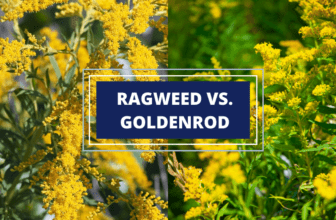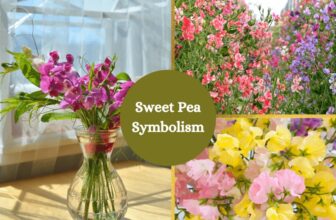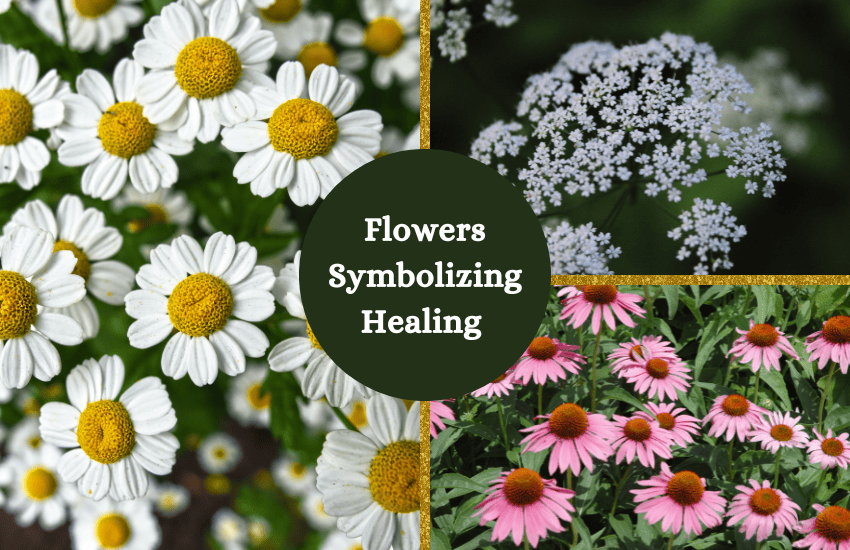
Table of Contents
Flowers have long been known to have therapeutic benefits, not only for their visual appeal but also for their ability to uplift our mood and calm our senses. But did you know that certain flowers also have symbolic meanings that are associated with healing?
In this article, we’ll explore some of the most popular flowers that symbolize healing and their significance in different cultures and traditions. Whether you’re looking for a gift to uplift someone’s spirits or seeking a way to enhance your own well-being, the healing power of flowers is a timeless source of inspiration and beauty.
1. Lavender
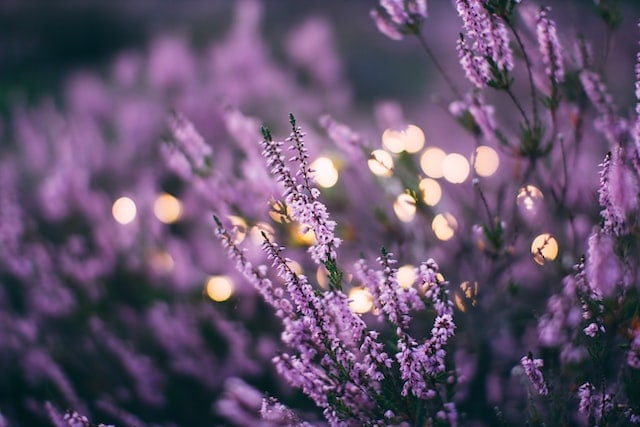
Not only does lavender smell amazing, but it’s also known for its healing properties. In fact, lavender has been used for centuries as a symbol of healing.
One of the reasons for this is its calming effect on the mind and body. Lavender is often used in aromatherapy to help reduce stress and anxiety. It’s also been shown to help improve sleep quality, which can be a big help for those who suffer from insomnia.
But lavender isn’t just good for relaxation. It’s also been used to help with pain relief, and wound healing, and even as a natural remedy for headaches.
Overall, lavender is a versatile and powerful symbol of healing. Whether you’re looking to calm your nerves or heal your body, lavender is definitely worth incorporating into your wellness routine.
2. Echinacea
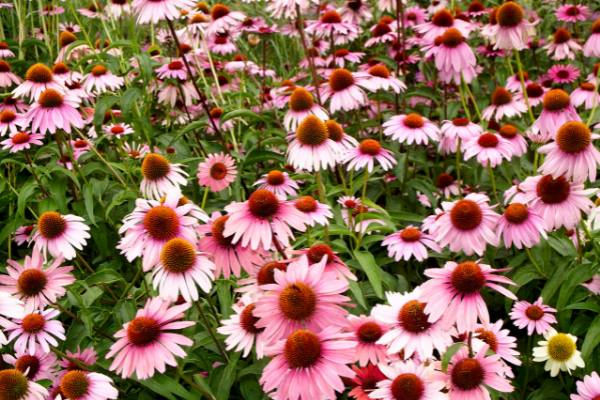
This beautiful flowering plant has been used for centuries by Indigenous peoples in North America for its medicinal properties.
One reason why echinacea is so revered is that it’s believed to boost the immune system. Some studies have shown that echinacea can help reduce the duration and severity of colds and other respiratory infections.
Echinacea is also believed to have anti-inflammatory and antioxidant properties, making it a popular natural remedy for skin irritations, such as eczema and psoriasis.
Not only is echinacea good for physical health, it’s also been used to help ease anxiety and depression, and promote a sense of overall well-being.
3. Calendula
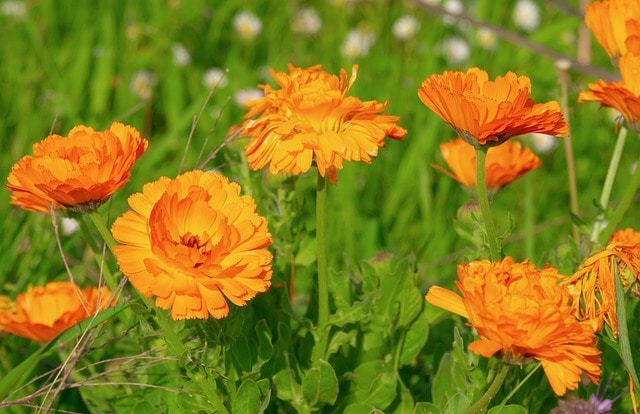
Calendula, also known as marigold, is a lesser-known but equally powerful symbol of healing. It’s often used in natural skincare products to help soothe irritated skin and reduce inflammation. It’s also been shown to have antimicrobial properties, making it a natural remedy for minor cuts and scrapes.
Calendula is also believed to have anti-inflammatory properties that can help with digestive issues and menstrual cramps.
In addition, calendula is also used to promote emotional healing. Its bright and cheery appearance can help uplift the spirits and bring a sense of joy and positivity.
4. Chamomile

Chamomile has long been recognized as a symbol of healing, thanks to its soothing and calming properties. Chamomile tea is a popular natural remedy for promoting relaxation and reducing anxiety, making it a common choice for those seeking relief from stress and tension.
Chamomile has also been used in traditional medicine to help promote healthy sleep. It’s believed to help calm the mind and promote relaxation, making it a popular natural remedy for those struggling with insomnia.
Next time you brew a cup of chamomile tea or catch a glimpse of these delicate white flowers in bloom, take a moment to appreciate the healing power of nature.
5. Comfrey
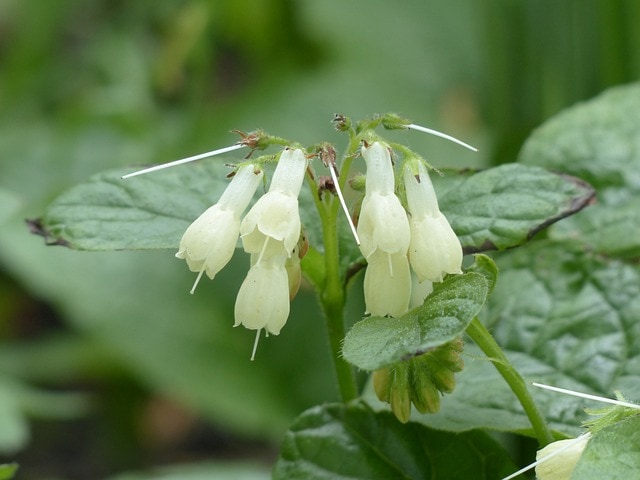
Comfrey leaves have been used for centuries to help soothe and heal various types of wounds and injuries. This plant contains allantoin, a compound that can help speed up the healing process and promote healthy skin growth. This makes it a natural remedy for minor burns, cuts, and bruises.
Its roots are also believed to have anti-inflammatory properties, making it a natural remedy for joint pain and other types of inflammation.
Surprisingly, comfrey has also been used in traditional medicine for its respiratory benefits. It’s believed to help soothe coughs and promote healthy lung function.
6. Arnica
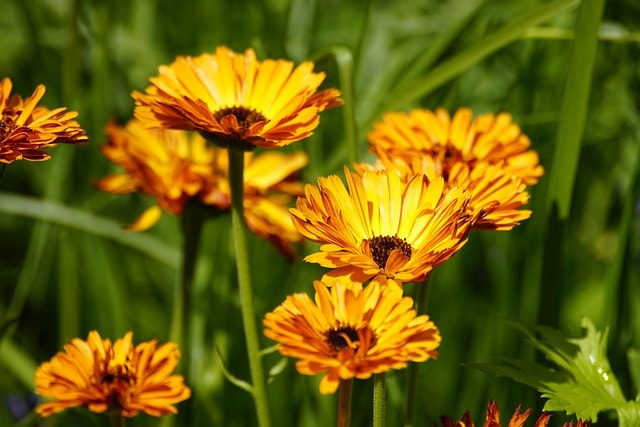
Arnica is a tough little flower that’s been used for centuries to help reduce pain and swelling caused by injuries. It’s a popular ingredient in many natural remedies for bruises, sprains, and strains. Its active compounds help increase blood flow to the affected area, which can speed up the healing process.
Arnica is also known for its ability to soothe sore muscles and joints. So if you’re feeling a little achy after a tough workout, consider reaching for some arnica to help ease your pain.
But it’s important to remember that arnica can be toxic when ingested, so it should only be used topically. Always follow the instructions carefully and avoid using it on open wounds or broken skin.
7. Dandelion
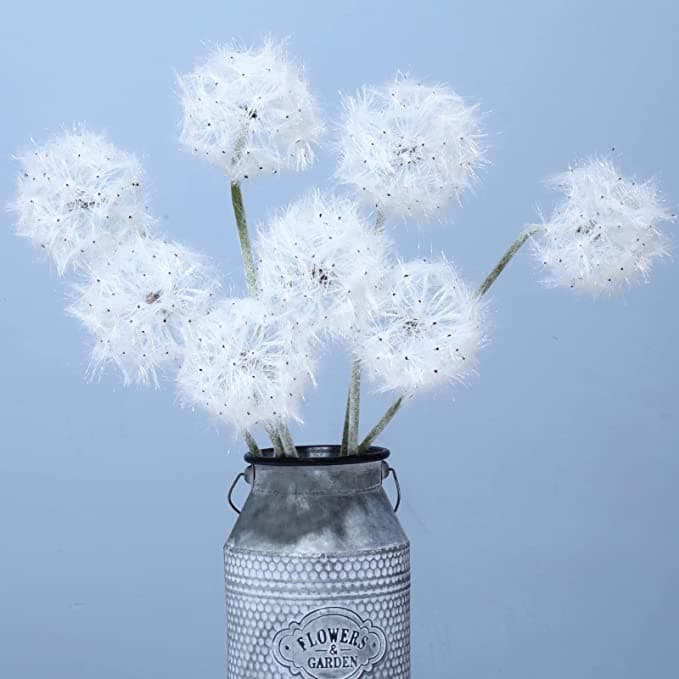
Dandelion symbolizes healing because it’s believed to have a range of health benefits. This humble little weed is rich in vitamins and minerals, making it a popular natural remedy for a variety of ailments.
But dandelion’s healing properties don’t stop there. Its leaves and roots are believed to have anti-inflammatory properties, making it a natural remedy for joint pain and other types of inflammation.
Overall, dandelion’s numerous health benefits make it a powerful symbol of healing. So next time you see a dandelion in your yard, don’t be so quick to pluck it. It just might be a little reminder of the healing power of nature.
8. Elderflower
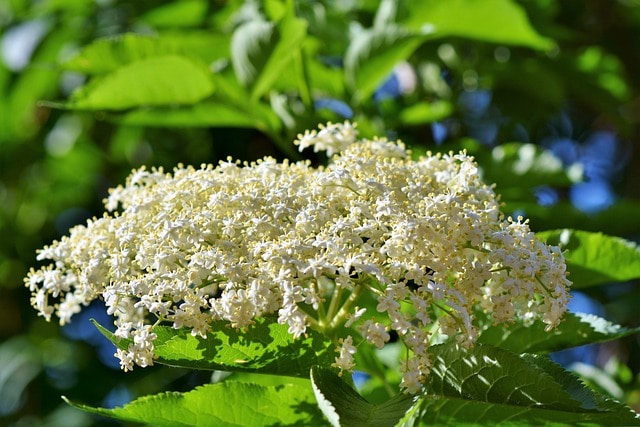
These beautiful white flowers are believed to have anti-inflammatory and antioxidant properties, making them a popular natural remedy for a variety of ailments.
Elderflower tea is believed to help reduce fever and relieve nasal congestion, making it a popular natural remedy for colds and other respiratory infections. It’s also believed to have diuretic properties, making it useful for reducing water retention and bloating.
Aside from its healing properties, the elderflower is also believed to help improve digestion, promote healthy skin, and even boost the immune system.
9. Ginger
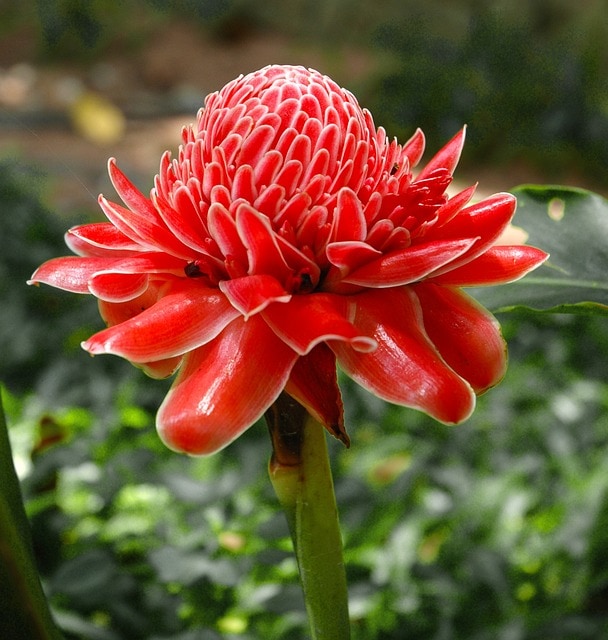
Ginger is a versatile and powerful symbol of healing that has been trusted for centuries. Its ability to soothe digestive issues, reduce inflammation, and fight off infections make it a popular natural remedy for a range of ailments.
Ginger is known to soothe digestive issues such as nausea and vomiting. It contains compounds that can help speed up the digestive process and reduce inflammation in the gut.
In addition to its digestive benefits, ginger is also believed to have anti-inflammatory and antioxidant properties. This makes it a natural remedy for various types of pain, such as muscle soreness and menstrual cramps.
10. Valerian
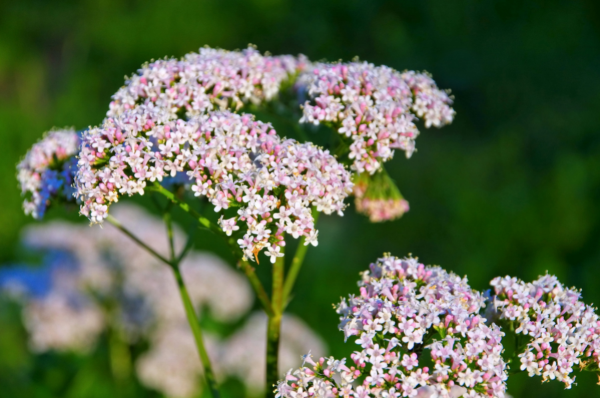
Valerian is best known for its ability to promote relaxation and relieve anxiety. Its root contains compounds that can help increase levels of GABA, a neurotransmitter that helps calm the mind and promote sleep.
Aside from its calming properties, valerian is also believed to have anti-inflammatory and pain-relieving properties. This makes it a natural remedy for headaches, menstrual cramps, and other types of pain.
Valerian was also used in ancient Greece as a natural remedy for epilepsy. It was believed to help calm the nervous system and prevent seizures.
11. Thyme

This fragrant herb is best known for its culinary uses, but it’s also been used for centuries for its various medicinal properties.
Thyme is believed to have antibacterial and antifungal properties, which can help fight off infections. It’s also been shown to have anti-inflammatory properties, making it a natural remedy for sore throats, coughs, and other respiratory issues.
Thyme was also used in ancient times as a symbol of courage and bravery. Roman soldiers would bathe in water infused with thyme to help boost their strength and courage before going into battle.
12. Milk Thistle
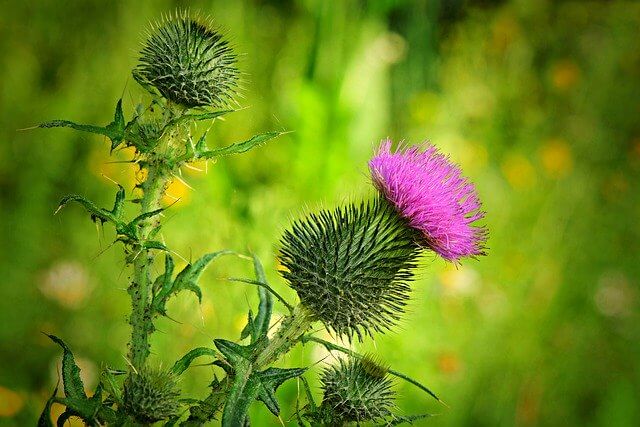
Milk thistle is a symbol of healing that’s best known for its ability to promote liver health. It contains a compound called silymarin, which has been shown to protect the liver from damage caused by toxins and alcohol.
In addition to its liver-protecting properties, milk thistle is also believed to have anti-inflammatory and antioxidant properties. This makes it a natural remedy for various ailments, such as high cholesterol, diabetes, and even cancer.
Interestingly, milk thistle has also been used in traditional medicine to promote lactation in nursing mothers. Its name comes from the milky white sap that oozes from the plant‘s leaves when they’re crushed.
13. Peppermint
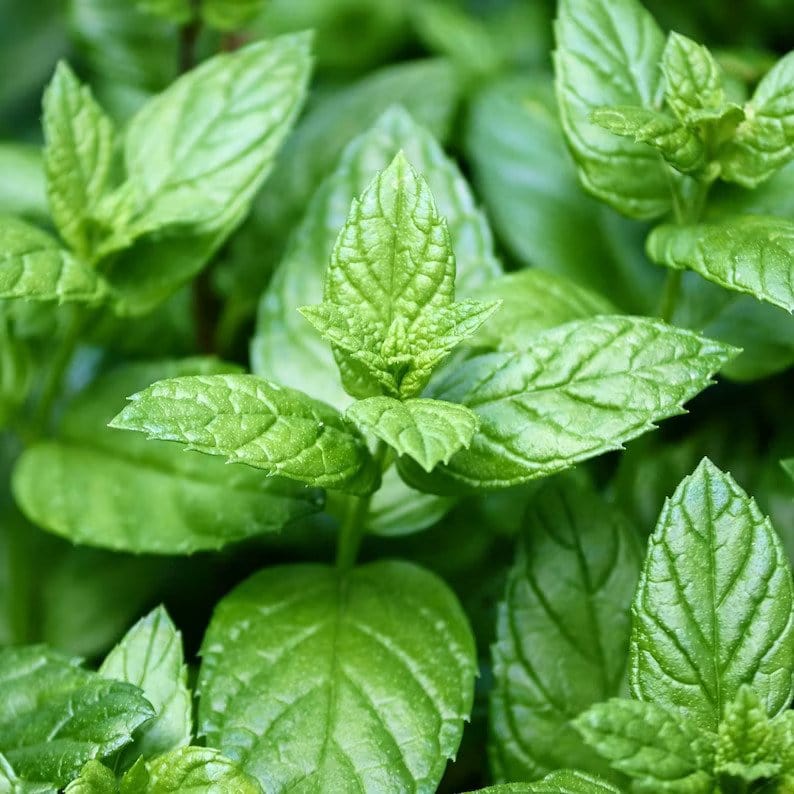
Peppermint is a symbol of healing due to its many health benefits. The plant is known for its distinct, refreshing scent and is widely used for its medicinal properties.
Peppermint is believed to help soothe digestive issues, including bloating, gas, and stomach pain. It’s also a natural remedy for headaches and migraines due to its ability to help relieve tension and improve blood flow.
Whether it’s in the form of tea, essential oil, or fresh leaves, peppermint has been used for centuries as a natural remedy for a variety of ailments.
14. Hibiscus
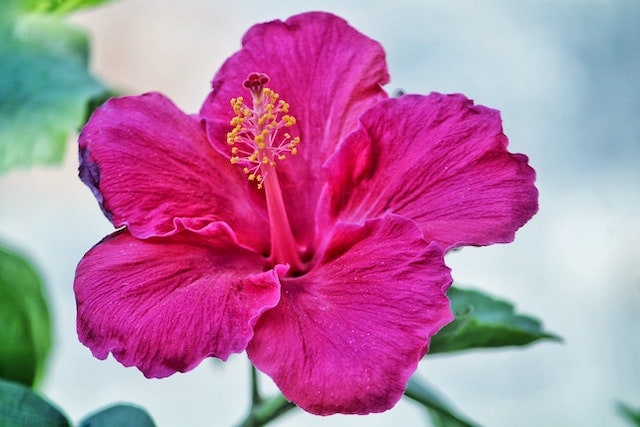
Hibiscus is a beautiful flower that is widely recognized as a symbol of healing, particularly in traditional medicine practices. The plant is known for its high content of antioxidants and other beneficial compounds, which are believed to have a wide range of health benefits.
One of the unique aspects of hibiscus is its ability to help regulate blood pressure. Research has shown that drinking hibiscus tea can help lower blood pressure levels, making it a useful natural remedy for those with hypertension.
Overall, hibiscus’s unique combination of health benefits makes it a powerful symbol of healing.
15. Passionflower
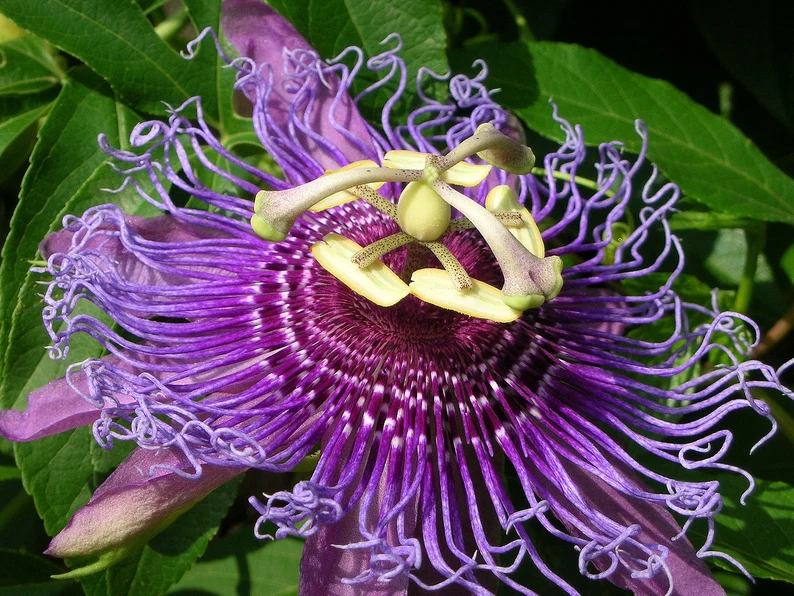
Passionflower is believed to help increase levels of GABA in the brain, a neurotransmitter that helps regulate mood and promotes feelings of relaxation. This makes it a useful natural remedy for those seeking relief from stress, anxiety, and other types of tension.
It’s also believed to have anti-inflammatory and analgesic properties, making it useful for treating a range of conditions, including pain and inflammation.
Passionflower is also believed to have a mild sedative effect, making it useful for promoting healthy sleep. It’s often used in natural sleep aids and is a popular alternative to prescription sleeping pills.
Wrapping Up
Whether you’re looking to reduce inflammation, relieve pain, or promote emotional well-being, there’s a flower out there that can help. And while each flower may have its unique properties, they all share one thing in common: a powerful ability to promote healing and support overall health and wellness.
So, next time you’re feeling under the weather, consider turning to one of these healing flowers for a natural remedy. Whether you brew up a soothing cup of chamomile tea or incorporate some rosemary into your cooking, you’ll be tapping into the power of nature to support your health and well-being.
Similar Articles:
Top 25 Flowers that Symbolize Sadness and Sorrow
Top 25 Flowers that Symbolize Remembrance
20 Flowers That Symbolize Life and Why
25 Flowers that Symbolize Protection and How They Got This Meaning



